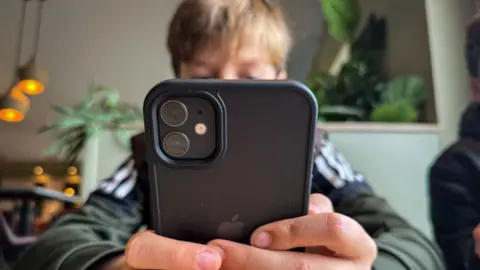 Getty Images
Getty Images“I felt really scared to be honest,” says James, describing an incident on Snapchat that left him questioning whether it was safe to go to school.
The Australian boy, 12, had had a disagreement with a friend, and one night before bed the boy added him to a group chat with two older teenagers.
Almost instantly, his phone “started blowing up” with a string of violent messages.
“One of them sounded like he was probably 17,” James tells the BBC. “He sent me videos of him with a machete… he was waving it around. Then there were voice messages saying that they were going to catch me and stab me.”
James – not his real name – first joined Snapchat when he was 10, after a classmate suggested everyone in their friendship group get the app. But after telling his parents about his cyberbullying experience, which was ultimately resolved by his school, James deleted his account.
His experience is a cautionary tale that shows why the Australian government’s proposed social media ban on children under 16 is necessary, says his mother Emma, who is also using a pseudonym.
The laws, which were tabled in parliament’s lower house on Thursday, have been billed by Prime Minister Anthony Albanese as “world-leading”.
But while many parents have applauded the move, some experts have questioned whether kids should – or even can – be barred from accessing social media, and what the adverse effects of doing so may be.
What is Australia proposing?
Albanese says the ban – which will cover platforms such as X, TikTok, Facebook and Instagram – is about protecting kids from the “harms” of social media.
“This one is for the mums and dads… They, like me, are worried sick about the safety of our kids online,” he said.
The new legislation provides a “framework” for the ban. But the 17-page document, which is expected to head to the Senate next week, is sparse on detail.
Instead, it will be up to the nation’s internet regulator – the eSafety Commissioner – to hash out how to implement and enforce the rules, which will not come into effect for at least 12 months after legislation is passed.
According to the bill, the ban will apply to all children under 16 and that there will be no exemptions for existing users or those with parental consent.
Tech companies will face penalties of up to A$50m ($32.5m; £25.7) if they do not comply, but there will be exemptions for platforms which are able to create “low-risk services” deemed suitable for kids. Criteria for this threshold are yet to be set.
Messaging services and gaming sites, however, will not be restricted, which has prompted questions over how regulators will determine what is and isn’t a social media platform in a fast-moving landscape.
A group representing the interests of tech companies such as Meta, Snapchat and X in Australia has dismissed the ban as “a 20th Century response to 21st Century challenges”.
Such legislation could push kids into “dangerous, unregulated parts of the internet”, Digital Industry Group Inc says – a fear also expressed by some experts.
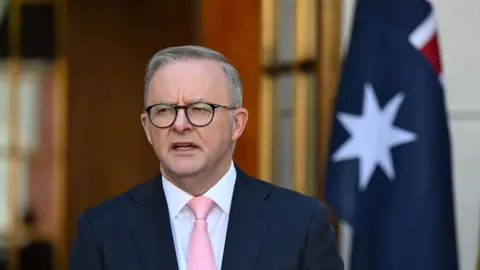 EPA
EPAeSafety Commissioner Julie Inman Grant has acknowledged the gargantuan task her office will face when enforcing the ban, given “technology change is always going to outpace policy”.
“It will always be fluid, and this is why regulators like eSafety have to be nimble,” she told BBC Radio 5 Live.
But Ms Inman Grant has also raised concerns about the central idea behind the government’s policy, which is that there’s a causal link between social media and declining mental health.
“I would say that the evidence base is not settled at all,” she said, pointing to research from her own office which found that some of the most vulnerable groups, such as LGBTQ+ or First Nations teenagers, “feel more themselves online than they do in the real world”.
This is a sentiment echoed by Lucas Lane, 15, who runs an online business selling nail polish to boys. “This [ban] destroys… my friendships and the ability to make people feel seen,” the Perth teenager tells the BBC.
Ms Inman Grant would rather see tech companies clean up their platforms, as well as more investment in education tools to help young people stay safe online. She uses the analogy of teaching children to swim, rather than banning them from the water.
“We don’t fence the ocean… but we do create protected swimming environments that provide safeguards and teach important lessons from a young age,” she told parliament earlier this year.
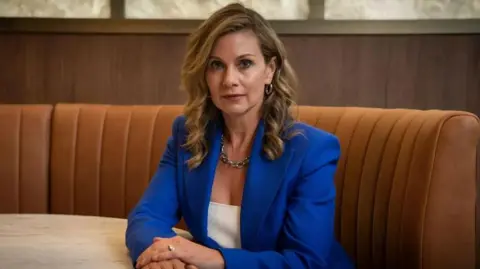 Matthew Abbott
Matthew AbbottBut parents like Emma see it differently.
“Should we really be wasting our time trying to help kids navigate these difficult systems when tech companies just want them on them all the time?” she says.
“Or should we just allow them to be kids and learn how to be sociable outside with each other, and then start these discussions later on?”
Amy Friedlander, a mother of three from the Wait Mate movement – which encourages parents to delay giving their kids smartphones – agrees.
“We can’t ignore all the positives that technology has brought into our lives. There are huge upsides, but what we haven’t really considered is the impact it is having on brains which aren’t ready for it.”
‘Too blunt an instrument’
Over 100 Australian academics have criticised the ban as “too blunt an instrument” and argued that it goes against UN advice which calls on governments to ensure young people have “safe access” to digital environments.
It has also failed to win the backing of a bipartisan parliamentary committee that’s been examining the impact of social media on adolescents. Instead, the committee recommended that tech giants face tougher regulations.
To address some of those concerns, the government says it will eventually introduce “digital duty of care” laws, which will make it a legal obligation for tech companies to prioritise user safety.
Joanne Orlando, a researcher in digital behaviour, argues that while a ban “could be part of a strategy, it absolutely can’t be the whole strategy”.
She says “the biggest piece of the puzzle” should be educating kids to think critically about the content they see on their feeds and how they use social media.
The government has already spent A$6m since 2022 to develop free “digital literacy tools” to try and do just that. However, research suggests that many young Australians aren’t receiving regular lessons.
Ms Orlando and other experts warn there are also significant hurdles to making the age-verification technology – which is required to enforce the ban – effective and safe, given the “enormous risks” associated with potentially housing the identification documents of every Australian online.
 Getty Images
Getty ImagesThe government has said it is aiming to solve that challenge through age-verification trials, and hopes to table a report by mid-next year. It has promised that privacy concerns will be front and centre, but offered little detail on what kind of technology will actually be tested.
In its advice, the eSafety Commissioner has floated the idea of using a third-party service to anonymise a user’s ID before it is passed on to any age verification sites, to “preserve” their privacy.
However, Ms Orlando remains sceptical. “I can’t think of any technology that exists at this point that can pull this off,” she tells the BBC.
Will Australia succeed?
Australia is by no means the first country to try to restrict how young people access certain websites or platforms online.
In 2011, South Korea passed its “shutdown law” which prevented children under 16 from playing internet games between 22:30 and 6:00, but the rules – which faced backlash – were later scrapped citing the need to “respect the rights of youths”.
More recently France introduced legislation requiring social media platforms to block access to children under 15 without parental consent. Research indicated almost half of users were able to circumvent the ban using a simple VPN.
A law in the US state of Utah – which was similar to Australia’s – ran into a different issue: it was blocked by a federal judge who found it unconstitutional.
Albanese has conceded that Australia’s proposal may not be foolproof, and if it passes the parliament, it would be subject to a review.
“We know that technology moves fast. No government is going to be able to protect every child from every threat – but we have to do all we can,” he said when announcing the measure.
But for parents like Emma and Ms Friedlander – who have lobbied for the changes – it’s the message that the ban sends which matters most.
“For too long parents have had this impossible choice between giving in and getting their child an addictive device or seeing their child isolated and feeling left out socially,” Ms Friedlander says.
“We’ve been trapped in a norm that no one wants to be a part of.”
James says that since quitting Snapchat he’s found himself spending more time outside with friends.
And he hopes that the new laws could enable more kids like him to “get out and do the things they love” instead of feeling pressured to be online.


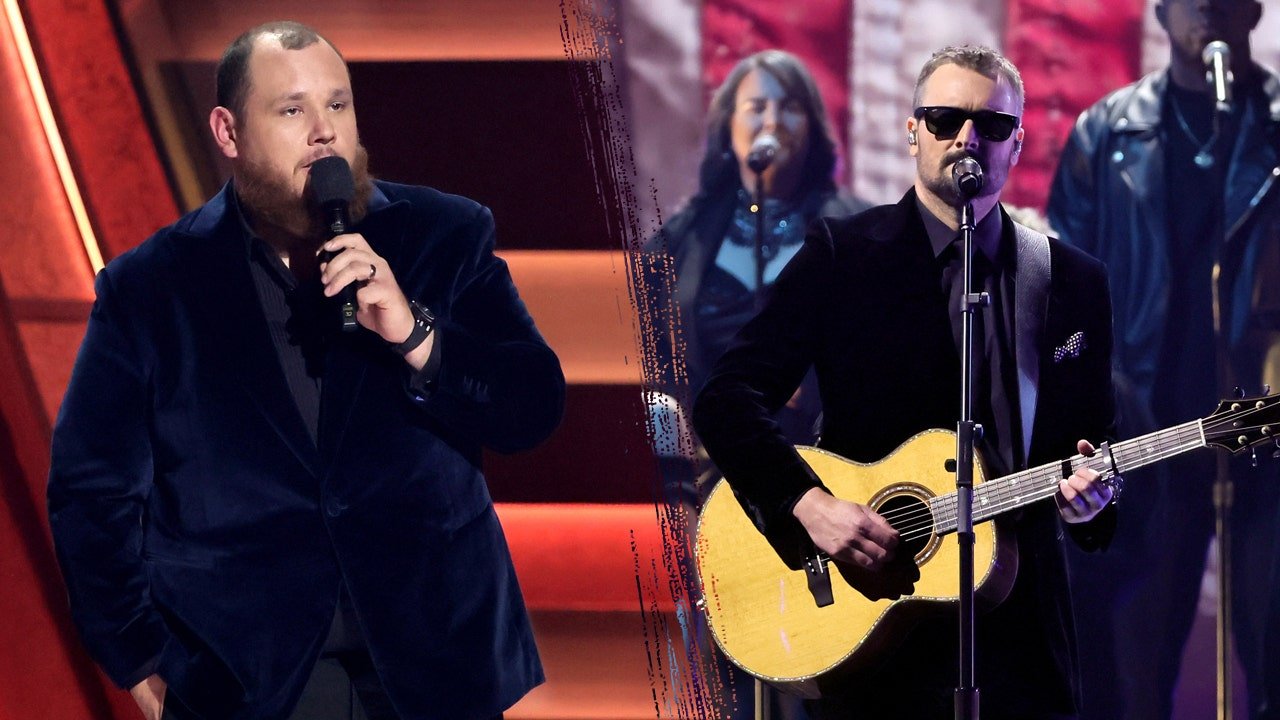
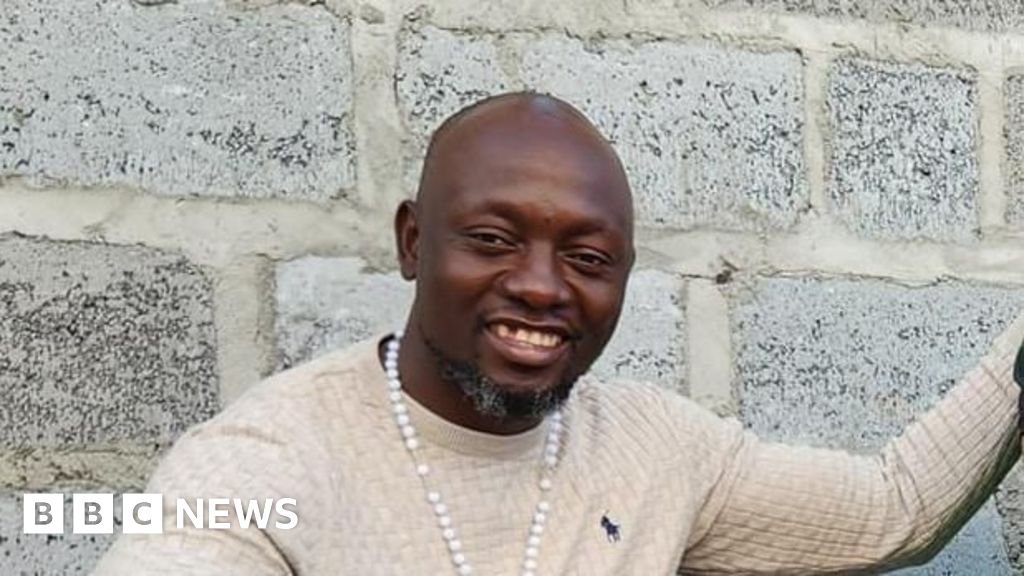
Leave a Comment